

A previously unidentified pathway connecting gut bacteria, estrogen, and depression in women has been discovered by researchers at Wuhan University in China. According to a study published in the journal Cell Metabolism, “Gut-microbiome-expressed 3b-hydroxysteroid dehydrogenase degrades estradiol and is linked to depression in premenopausal females.” Previous studies have found a link between estradiol levels and good moods or depression. The main estrogen during the reproductive years is estradiol. Lower levels of estradiol have been seen in premenopausal women with depression, but it is unclear why this is the case.
The current study was started after it was discovered that premenopausal women with depression had estradiol levels that were roughly 43% lower than normal.
Following liver metabolism, estradiol reaches the intestine and is partially reabsorbed back into circulation. Researchers then traced the blood sample’s descent back to the intestines.
From premenopausal women with and without depression, samples of their gut flora were taken. Estradiol degraded by 77.8% in the guts of women with depression within 2 hours, compared to only 19.3% in the non-depression group, according to tests. The outcome suggested that something was causing or speeding the breakdown of estradiol in the microbiome environment, even though both groups were capable of generating estradiol at healthy levels.
When the depressed sample microbiome was given to mice, the researchers discovered a 25% drop in the blood levels of estradiol compared to the control group.
In mice with reduced estradiol levels, depression-like behaviors were seen during behavioral studies. According to the findings, the gut microbiota of premenopausal women with depression can lower serum estradiol in mice and cause behaviors like depression in people.
The researchers started investigating the cause of the issue after receiving a definite indication that a component of the microbiome was involved. They plated lab plates with estradiol as the only carbon source and added the gut microbiota of the depression group to identify a potential gut bacteria that might be destroying the estradiol. On the palate, a soft-edged, pale-white colony with a smooth surface appeared. Klebsiella aerogenes was found in a single isolated bacterium.
Estradiol was used to test K. aerogenes in isolation. Five days of incubation resulted in 61.8% of the estradiol being converted to estrone, according to the study. The researchers chose to retest the mice with the isolated bacterium after identifying a potential mechanism.
This time, scientists employed three groups of mice: a control group, a group that received an injection of K. aerogenes, and a third group that received the same injection of the microbe but also received an additional antibiotic to test if the activity would be inhibited. According to the findings, K. aerogenes alone caused depressive-like behaviors in mice by lowering their estrogen levels. Cefotaxime, an antibiotic, also reduced depressive-like behavior in mice. The research team focused on how after having a strong understanding of what was driving the estradiol decline in patients.
K. aerogenes underwent whole genome sequencing. The scientists discovered 3-HSD, an enzyme produced by the microbe capable of converting estradiol into estrone, using a variety of databases, including KEGG for molecular interactions and GenBank for genome reference.
To ensure that the enzyme worked as planned, scientists went back to the mice. The mice were given E. coli that had a gene added to make 3HSD. Once more, they noticed a decline in estrogen levels (by 45%) and depressed-like mouse behavior. In an additional experiment, estrone levels were raised in mice to look for any effects from the decreased form alone, but none were discovered.
Last but not least, it was discovered that premenopausal women with depression had microbiomes with higher prevalences of K. aerogenes and 3-HSD than those without. The researchers hypothesize that 3-HSD enzymes and estradiol-degrading bacteria could serve as potential targets for the treatment of depression in premenopausal women.
more recommended stories
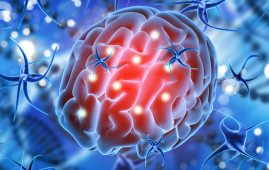 Neurodegeneration Linked to Fibrin in Brain Injury
Neurodegeneration Linked to Fibrin in Brain InjuryThe health results for the approximately.
 DELiVR: Advancing Brain Cell Mapping with AI and VR
DELiVR: Advancing Brain Cell Mapping with AI and VRDELiVR is a novel AI-based method.
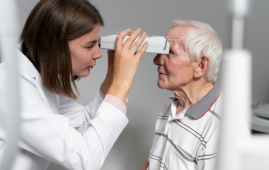 Retinal Neurodegeneration in Parkinson’s Disease
Retinal Neurodegeneration in Parkinson’s DiseaseBy measuring the thickness of the.
 Epilepsy Seizures: Role of Astrocytes in Neural Hyperactivity
Epilepsy Seizures: Role of Astrocytes in Neural HyperactivityRoughly 1% of people experience epilepsy.
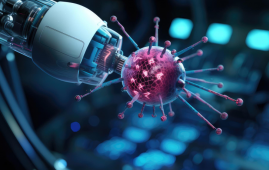 Role of Engineered Peptides in Cancer Immunotherapy
Role of Engineered Peptides in Cancer ImmunotherapyIn a recent publication in Nature.
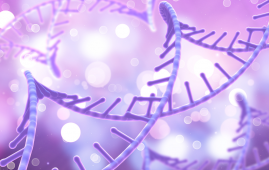 CRISPR-Cas9 Gene Therapy for Prostate Cancer
CRISPR-Cas9 Gene Therapy for Prostate CancerIn their preclinical model, the researchers.
 Epilepsy Surgery: Rare Hemorrhagic Complications Study
Epilepsy Surgery: Rare Hemorrhagic Complications StudyFollowing cranial Epilepsy Surgery, hemorrhagic complications.
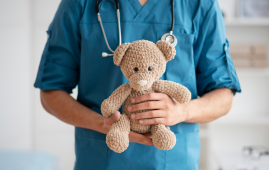 Pediatric Epilepsy – Mental Health Interventions Unveiled
Pediatric Epilepsy – Mental Health Interventions UnveiledMental health challenges frequently manifest in.
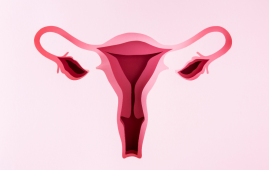 Neoadjuvant Chemotherapy Boosts Ovarian Cancer
Neoadjuvant Chemotherapy Boosts Ovarian CancerDuring the COVID-19 pandemic, US women.
 Brain Connectivity Unveils New Insights into Autism
Brain Connectivity Unveils New Insights into AutismBecause autism spectrum disease symptoms can.

Leave a Comment